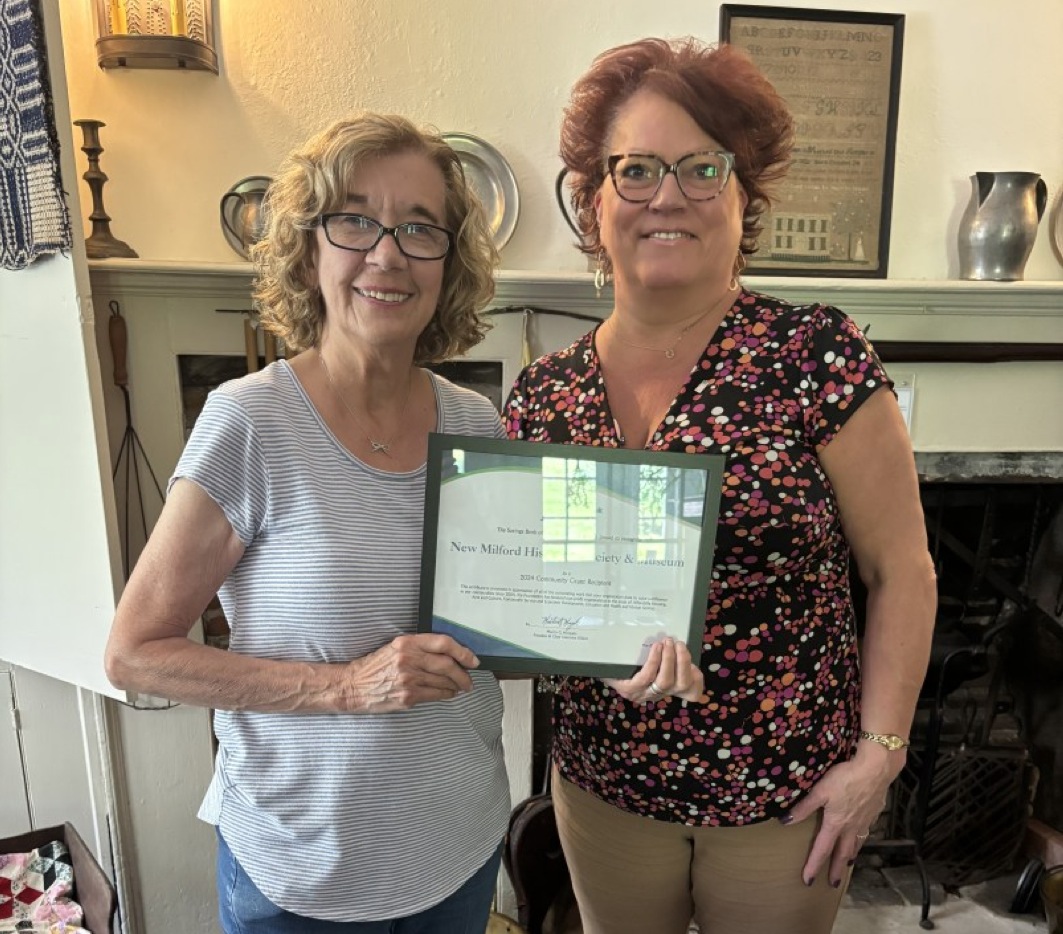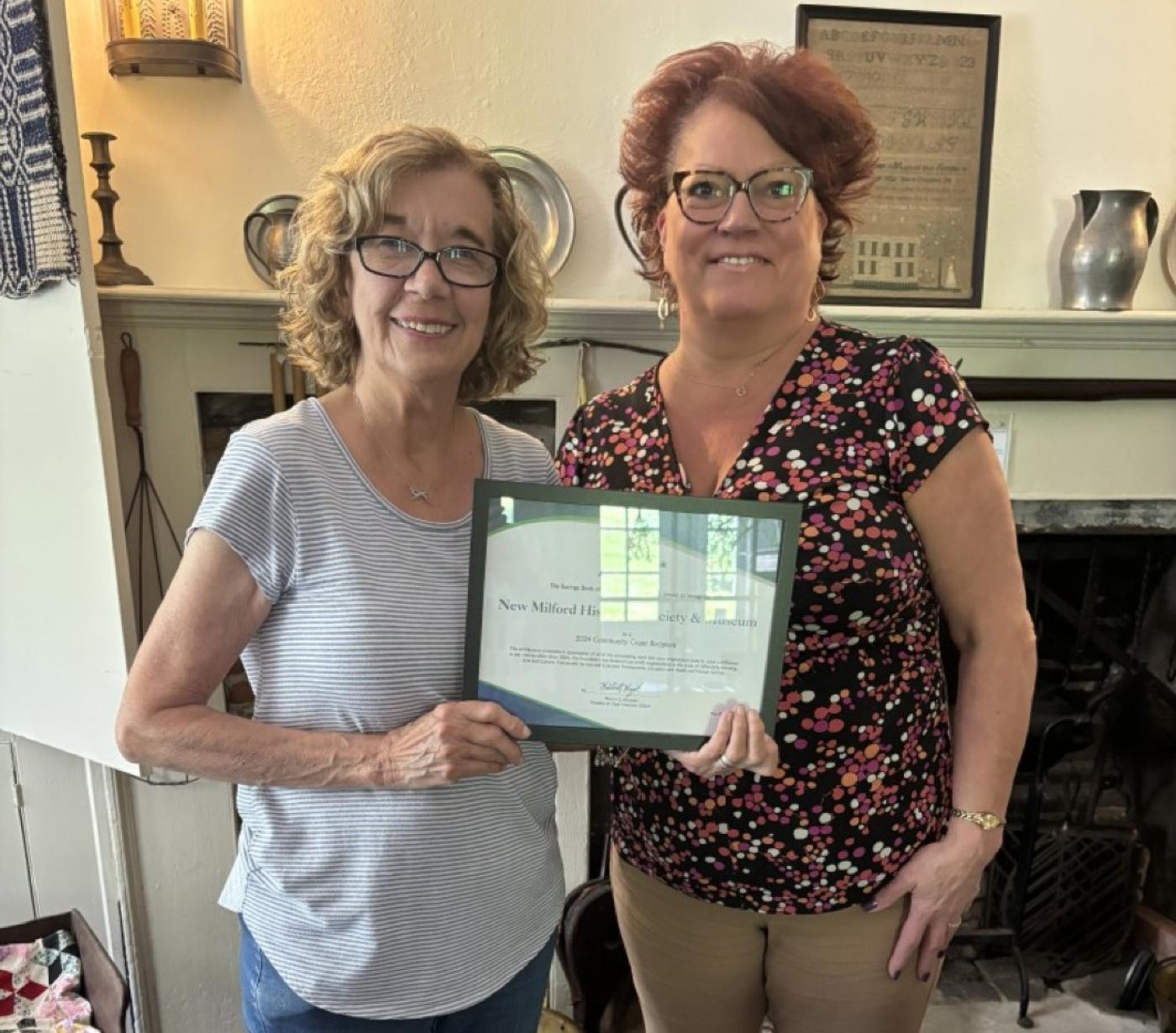Town zoning effective 12/1/71.
Mental Health Clinic established at New Milford Hospital. Kimberly-Clark water cleansing
sys- tem installed to protect Housatonic River. Shopping Center permit issued - would
contain Grant's and Barker's on Route 7 South. Dedication of new Roman Catholic Church,
St. Francis Xavier, on Route 109. Set of new bleachers, to seat 750, built at Young's
Field. Edward Dolan of South Kent donated old Merwinsville Station Hotel to Gay-
lordsville for restoration.
New Milford's first Day Care Center established. New Christian Science
Church construction to start on Main and Bridge streets. New Milford Historical Society
acquires Brown's Forge, Gaylordsville, donated with 1A acre of land by Mrs. James
Anderson. New Milford added to Housatonic Valley Planning Region. New Milford population
up to 14,601.




